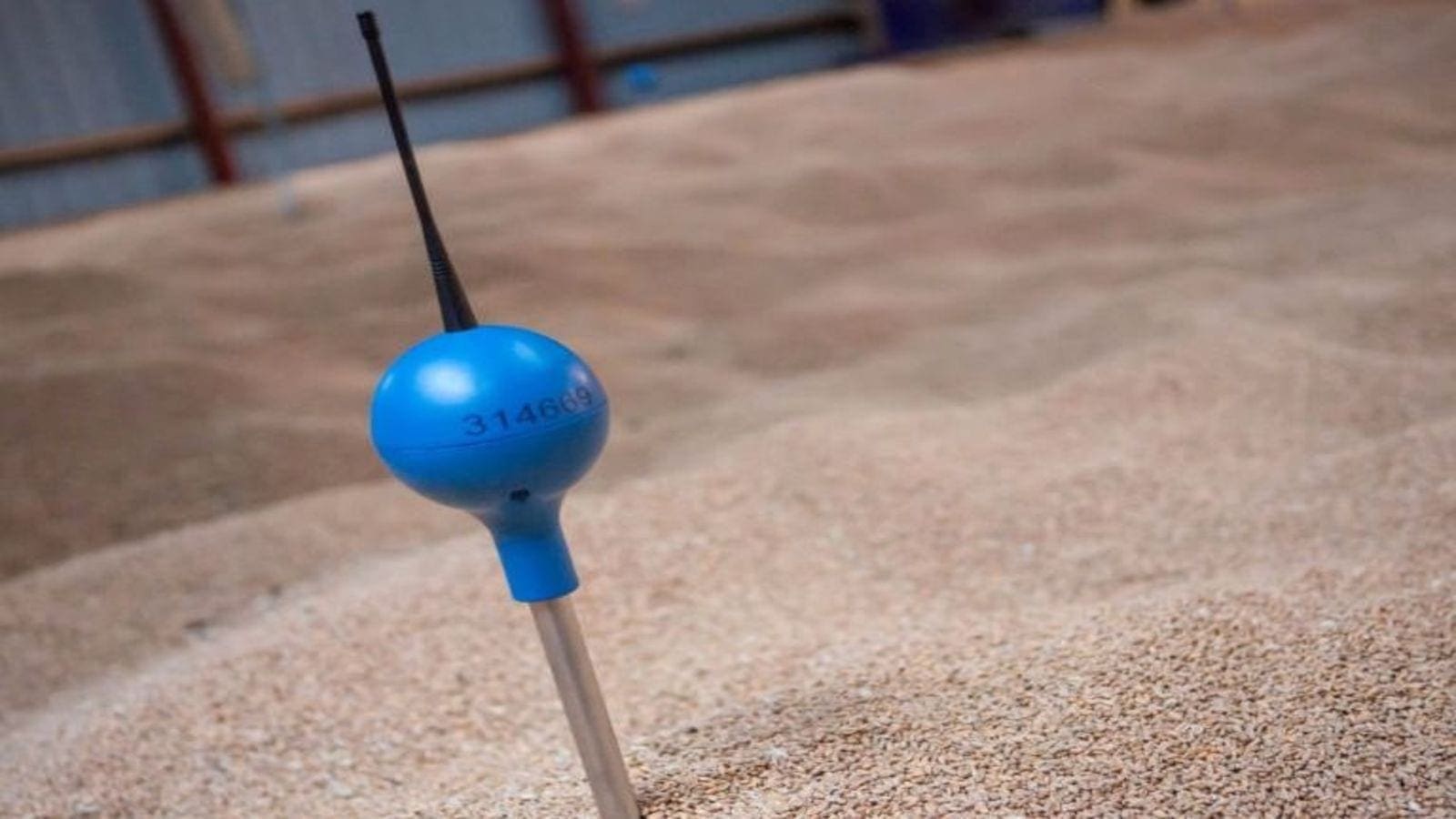Zimbabwe- Zimbabwe is seeking to eliminate dependence on imports of key staple crops such as sorghum, maize, and millet through increased planted hectarage.
As of December 5, there were 163,116 hectares of maize, sorghum, and pearl millet, a 42% jump from the last year’s 115,060 hectares planted during the same period.
This was revealed by Professor Obert Jiri, the chief director, agricultural and Rural Development Advisory Services (ARDAS), during the weekly summer season preparedness report. ,
In his report, Professor Obert highlighted that sorghum had emerged as the best performing crop with about 23, 986 hectares under sorghum in 2022 compared to 5831 hectares in 2021
Sorghum’s 311 percent leap more than eclipsed the 111% surge in hectarage for maize and the paltry 21% improvement recorded for pearl millet.
The planted hectarage gives the government hope in the possibility of achieving its set yield targets for maize, sorghum, and pearl millet at 3 million, 380,000, and 150,000 tonnes respectively for this season.
Various programs including Pfumvudza/Intwasa, AFC holdings, and Agriculture and Rural Development Authority (ARDA) work in collaboration to support cereal farmers with agricultural inputs.
Under Pfumvudza/Intwasa program, 117,220 hectares have been planted for maize while under AFC and ARDA 580 and 5948 hectares sum up to 123,748 hectares.
The government is focused on achieving its production target by supplying seeds to farmers in its eight rural provinces, which so far have distributed 11,135 tonnes against a target of 14, 868, a 75% success rate.
For sorghum, the government set a target of 402,569n hectares which 5240 have been planted under the Pfumvudza/Intwasa program while 18,746 hectares emerged from self-financed farmers bringing the hectarage to 23, 986 ha, 6% of the national target.
Pearl millet, which is among the most cultivated grain in Zimbabwe stands at 15,382ha against the government’s 252,321ha target.
However, for pearl millet, only three provinces of the eight rural areas have received the government seeds of 255 tonnes of the 2006 tonne target which represents a 13%. Moreover, only 48 tonnes (19 percent) of the received seeds are distributed to farmers.
Preparation for the planting season has been made effective by household contribution where a total of 2,210, 266 households have at least prepared one plot with an equivalent cumulative area of 320,094 ha. Households with one plot account for 36% while 25% for those with two plots.
In preparation for a bumper harvest, 75,912 households have applied lime to their prepared farms while 512,703 have managed to gather mulch. The government is optimistic about the season’s production output.
If the government targets are met, cereal production in the country will be sufficient to meet the 3 million, 380,000, and 150,000 tonnes for maize, sorghum and pearl millet respectively for this season.
For all the latest food industry news from Africa and the World, subscribe to our NEWSLETTER, follow us on Twitter and LinkedIn, like us on Facebook and subscribe to our YouTube channel.










